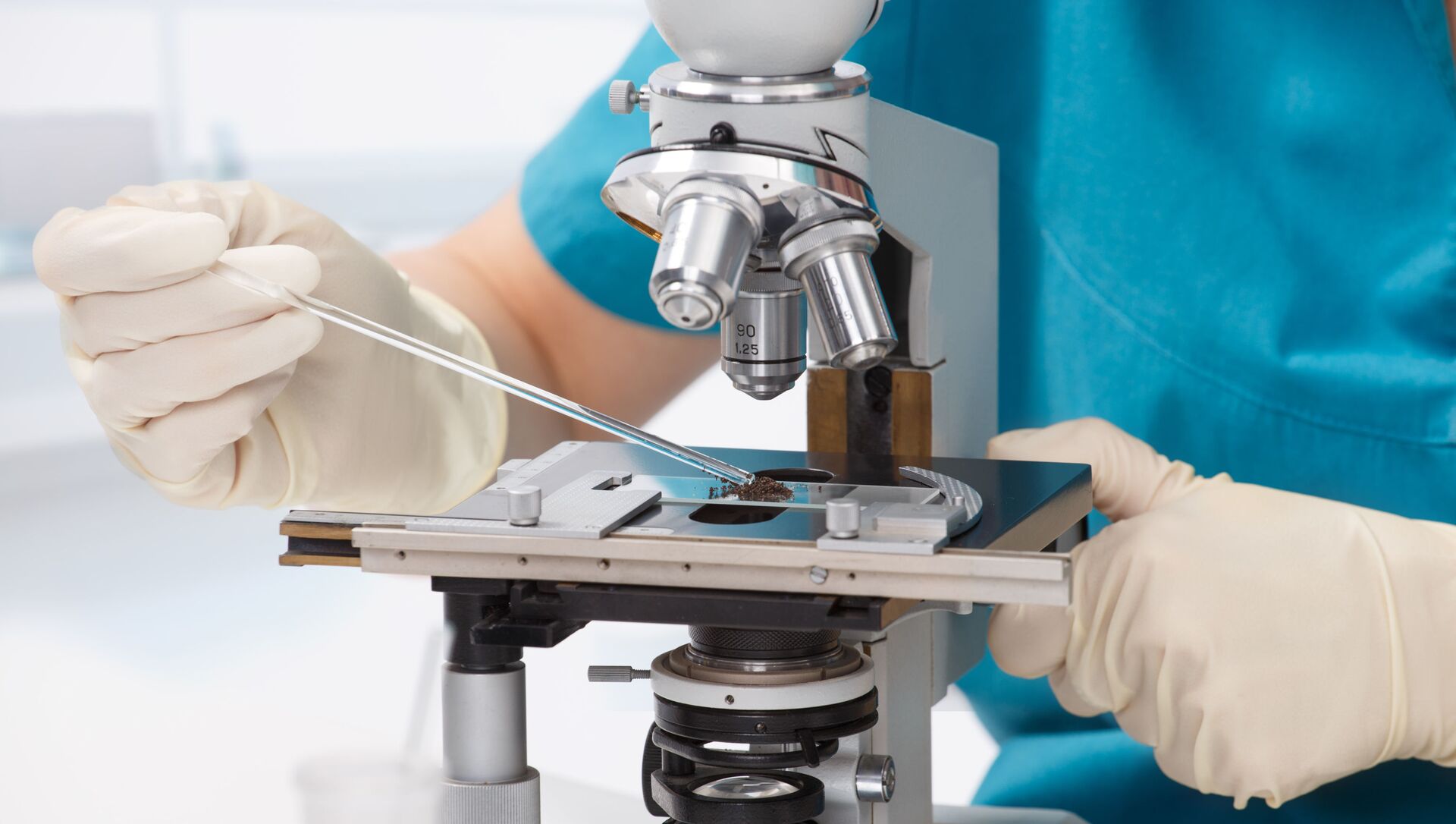Scientists from the University of California, Riverside (UCR) have discovered several creatures they say could be humans' oldest ancestor. Researchers estimate the multicellular organism they called Ikaria wariootia burrowed on the seafloor around 555 million years ago at a time when life on our planet became multi-celled and more complex.
Ikaria wariootia would be the closest approximation as a super basal bilaterian, we and the superior arthropods are very distant creatures. pic.twitter.com/SooYwju7xm
— Prehistorica (Christian M.) (@Prehistorica_CM) March 18, 2021
This itsy-bitsy creature, the size of a grain of rice, has a front and back, two symmetrical sides and "openings at either end connected by a gut". It crawled on the seafloor looking for organic matter it could feed on.
"None of them had heads or skeletons. Many of them probably looked like three-dimensional bathmats on the sea floor, round discs that stuck up. These animals are so weird and so different, it's difficult to assign them to modern categories of living organisms just by looking at them, and it's not like we can extract their DNA — we can't", said Mary Droser, a geology professor at UCR.
So what led scientists to believe that Ikaria wariootia was our oldest ancestor?
Researchers say the development of bilateral symmetry was key to the evolution of animal life. It gave organisms the ability to "move purposefully and a common, yet successful way to organise their bodies". Worms, insects, dinosaurs, and humans are organised around this body plan.
The creatures were also reportedly able to heal damaged body parts similar to the way our immune system eliminates virus-infected cells.

